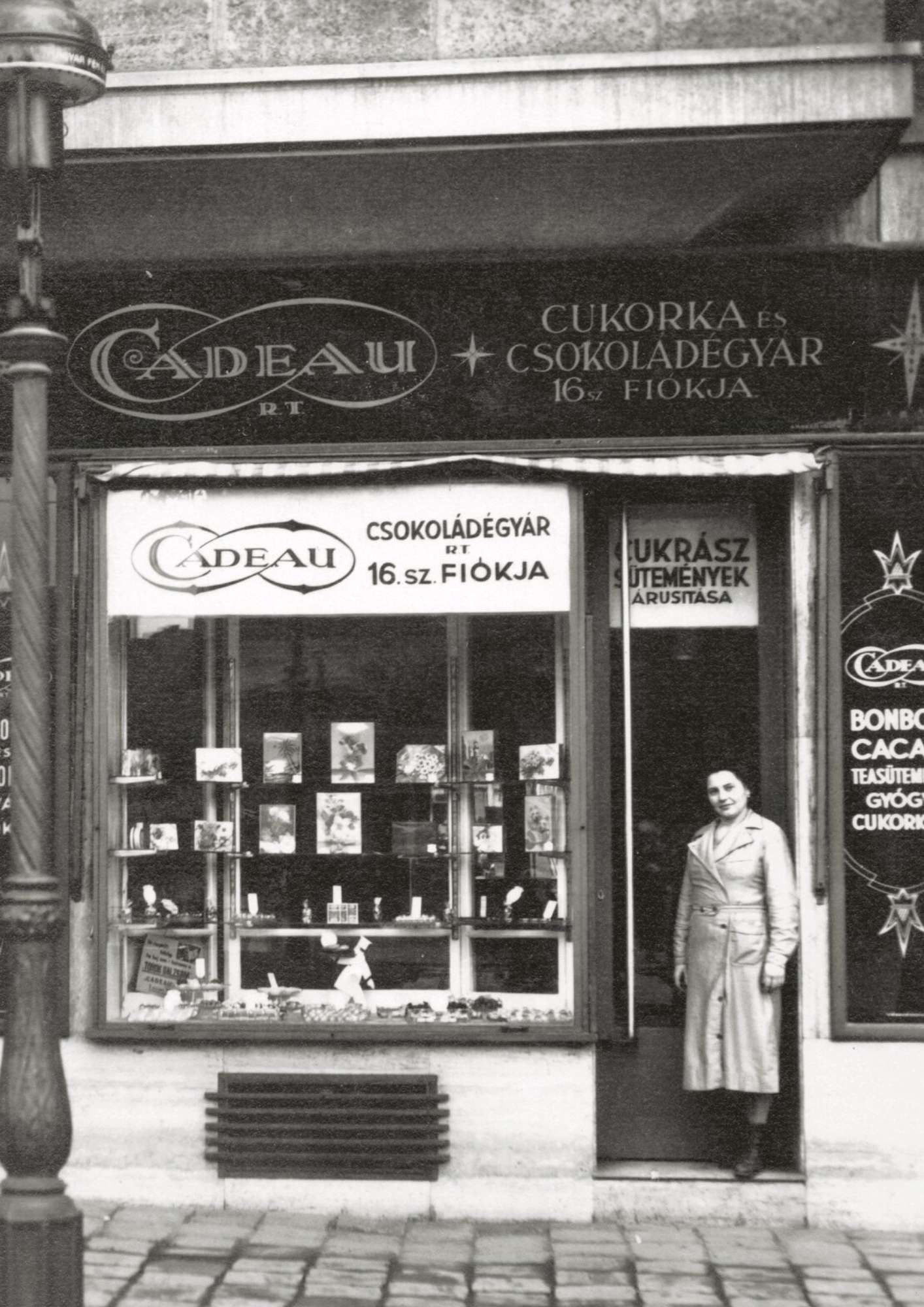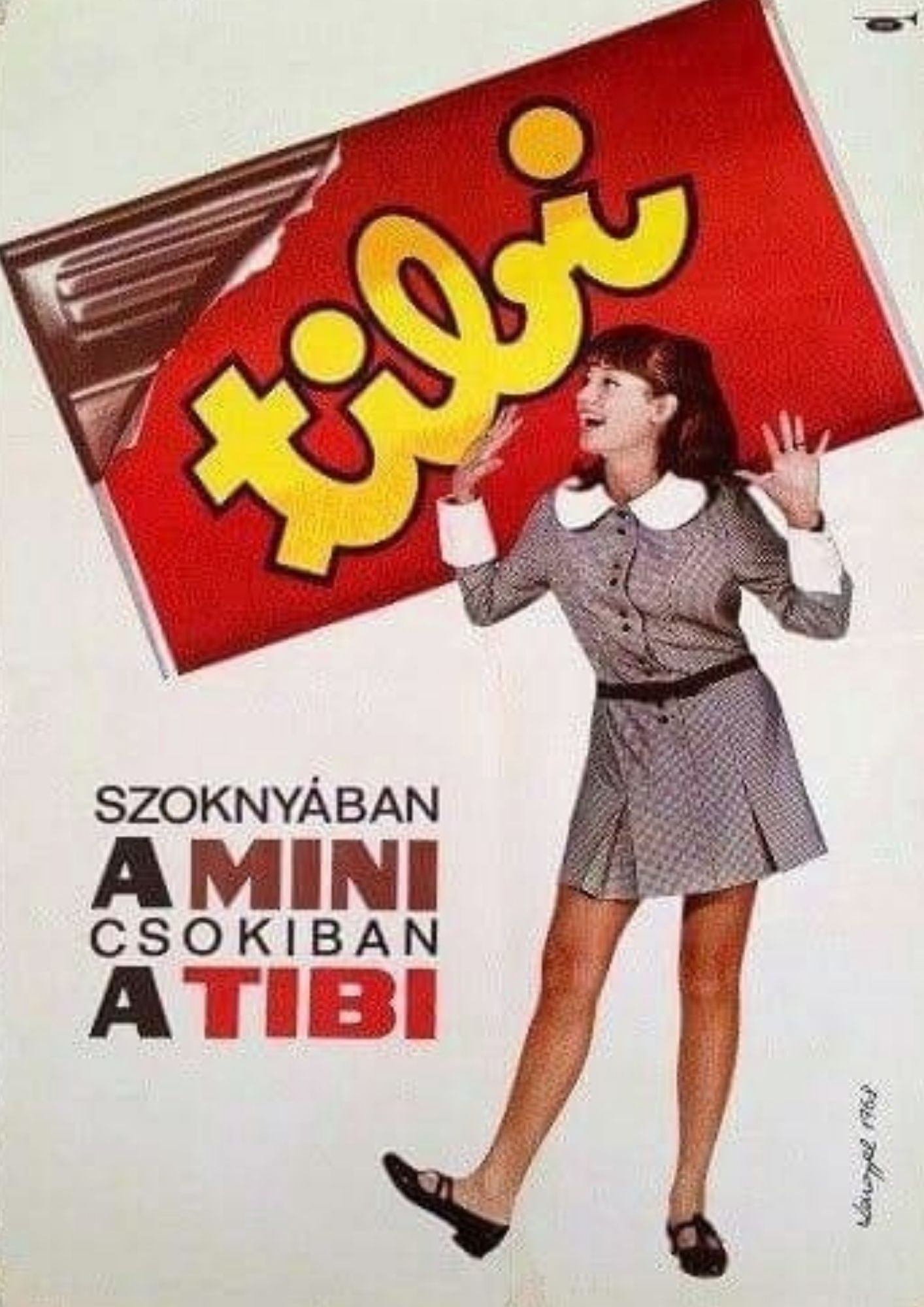The sweet history of chocolate in Hungary

We eat it when we are happy, heartbroken, stressed at work, celebrating or just simply get the munchies. Life without chocolate would be just dull existence; especially if we think of all those different types, flavours and shapes of this dainty treat. Unsurprisingly, Hungary also contributes many award-winning creations to the chocolate industry. But have you ever thought of how it all started? With World Chocolate Day, 7 June, just behind our back, we thought to recall the history of chocolate in Hungary with some little-known fascinating fun facts! Break a square of chocolate for yourself (who are we kidding? just grab the whole bar!) while reading the following sweet stories!
When you think of chocolate you may conjure up images of Cadbury chocolate bars or classic Milka products, not necessarily delicacies from Central Europe. However, Hungary not only excels in consumption, we gorge on 2.9-3 kilograms per capita each year, but also in production when it comes to this sweet treat. The first reference to chocolate in Hungary was made in 1704 by György Palocsay, hussar lieutenant who, having returned from the war, made an observation that a new type of drink appeared on the tables of the elite. He did not give much thought to it but dismissed the bitter foreign delicacy as some weird ‘German beer’ for its dark, opaque colour. As csokimania.blog reports, chocolate was brought to Hungary by Italian manufacturers. At that time, the only other professionals who dealt with this once-luxury good were pharmacists. Interestingly, chocolate was listed in the chemical product category by the state.
Read more: Hungarians make one of the world’s most unique chocolate bonbons – PHOTOS
A little more than 100 years later, Pál Almásy Balogh the family doctor of István Szécheny, a key figure in the modernisation of 19-century Hungary, wrote a book titled “The coffee, tea and chocolate – In historical, natural historical, diathetic and medical aspects” which devoted a significant part to chocolate. He informed readers about the origin of cocoa beans and even made some controversial remarks about Creole people who were said to apply a mixture of chocolate and cow butter on their faces to appear more light-skinned. The perception of chocolate started slowly to change though as the sweet treat began to gain more popularity.

Hungary’s first chocolate manufacturer, Frigyes Stühmer opened his firm in 1868, launching the iconic Frutty and Balaton products. His biggest success story was undoubtedly Tibi chocolate which was named after the manufacturer’s grandson. However, also Hungarian inventors with sweet tooth jumped on the trend wagon. In the second half of the 19th century, the Hungarian Royal Patent Office received a storm of ideas that included chocolate. According to Eletforma, some creative minds wanted to patent chocolate as a ‘medical delicacy’ as they believed covering medicine with chocolate would make it more palatable and easy to swallow for the patient. Pharmacists would also experiment with adding grounded pills into confiture, jam or chocolate to get the same results without losing the potency of the drug. There were no shortages of other odd inventions in that era. People would come up with all kinds of recipes such as mixing cocoa, sugar, milk cream and water together, boiling it until it formed a sticky texture, letting it cool and then adding citric acid and distilled wine spirit.
The dawn of the 20th century brought some tastier trends as well, among which the most important was the foregoer of the bubble chocolate which is now produced by many big brands in the global chocolate industry. The Hungarian bubble chocolate was patented before WW2; its inventor added in the description that the final product could grow twice in volume thus saving a significant amount of raw material for the manufacturer which was an important factor in that fragile economical climate. Other innovative creations included chocolate candy with candy floss filling as well as marionette figures, ornaments and children’s toys made of chocolate. We doubt though that these products had a longer life span than a couple of days.

Source: Plakátok a múltból FB group
Members of the older generation still fondly remember the first Tibi and Balaton bars, the Hungarian classics which are still present in many supermarkets. However, our memories can trick us sometimes. If we take a bite and feel a different taste than back then, let’s pause for a second and contemplate how much we have changed as well throughout the years.
Read more: TOP 5 Hungarian dishes named after famous people
Source:





